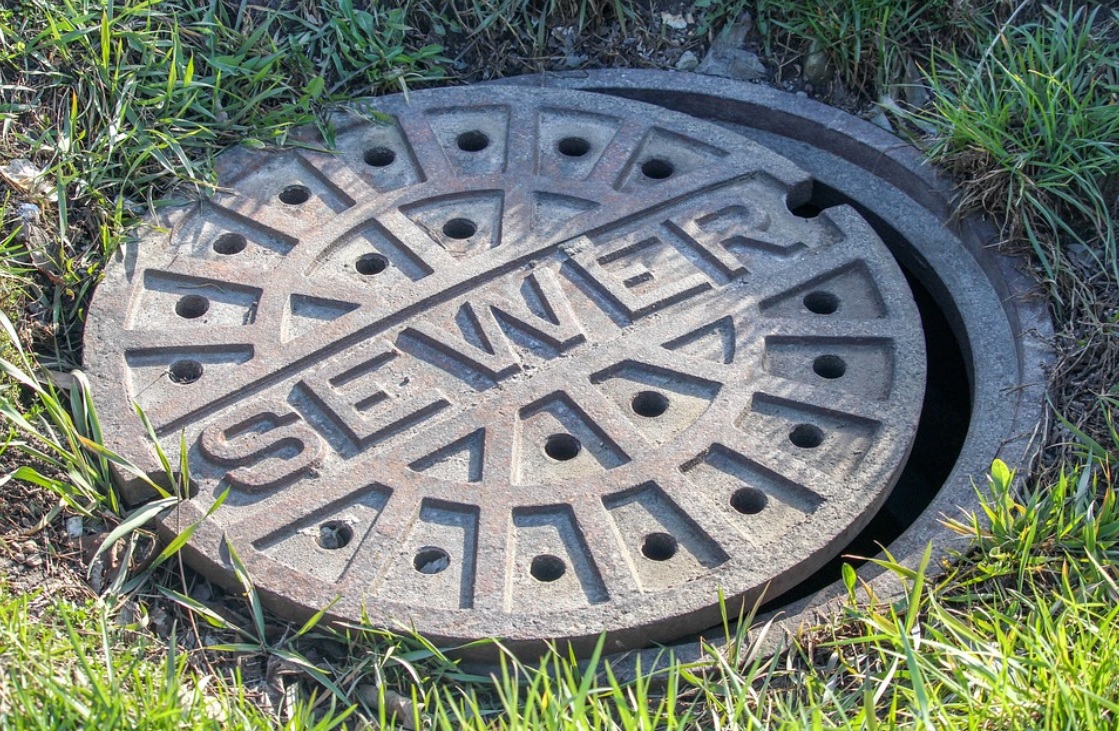A modern waste system is an impressive feat of engineering, but it’s not impervious to harm. Many people believe that a sewer line is safe because it’s buried under the yard. But, it can be compromised by a variety of phenomena, including shifting ground, tree root intrusions, aging pipes, and more. In this article, we will look at three signs that you may have a collapsed sewer line.
1. A Slow Drain
When a drain starts to slow, it’s a sign that a clog is forming in the drain line. If the slow drain is located in a single room, it’s likely that the clog is local to that drain only. This clog may be removed with a plumbing snake, a cup plunger, or a baking soda and vinegar mix. But, if there are slow drains in multiple locations, it’s more likely that the clog is forming further into the sewage line. All drains need a fully functioning sewer line to drain properly and if all fixtures are flushing at a slower pace than normal this could indicate a collapsed drain line.
2. Foul Odors
When a sewer line is collapsed, broken, or misaligned, it can lead to the production of sewer gas. This creates foul odors that smell bad and they do represent a health risk. The sewer gas contains airborne bacteria which should not be inhaled. An expert rooter service should be contacted to repair or replace the sewer line quickly to minimize risk.
3. Frequent Clogs and Sewer Backups
If you don’t know about the slow drains and foul odors signs above, it’s likely that the first indication that you would have is frequent clogging and the dreaded sewage backup. The backup can occur at all fixtures, including sinks, toilets, bathtubs, and more. These are all a sure sign that there is a main sewer line clog that must be fixed quickly. Sewer backups are hard to clean, they contain bacteria and represent a significant health threat.
What are the Causes of Sewer Blockages and Collapses?
There are four main causes of sewage blockages that can only be correctly identified and fixed by a professional plumber. They are:
- Tree root intrusions into the pipe.
- The pipe connection has become misaligned.
- The sewer pipe is old and brittle which makes it susceptible to cracking.
- A cracked sewer line is filling with soil which is blocking the line.
The key thing to remember is that a single slow drain is probably a local clog that you may be able to remove yourself. If the drain is slow in more than one place that means that the clog or blockage is further in the drain and it could be a collapsed sewer line.
In Conclusion
If you have a collapsed sewer line, it’s important to act quickly to prevent further damage and to protect the health of people living in the home. This problem will only worsen over time and a more extensive repair will cost more. If you’re concerned about the health of your sewer line, contact a local plumber and ask about a camera inspection today.





